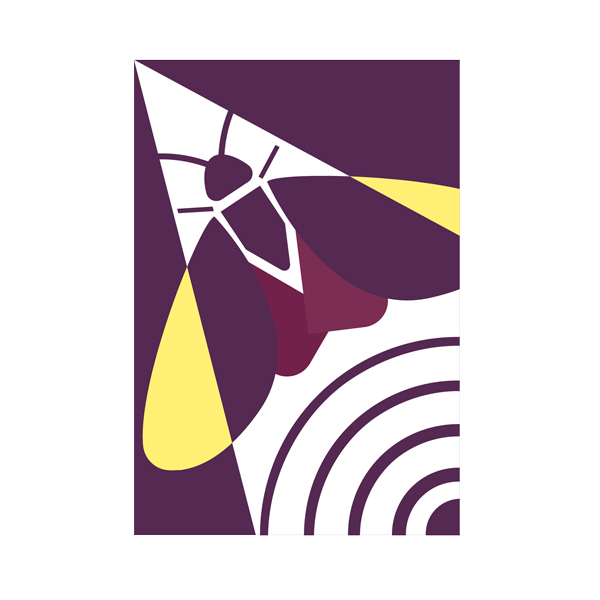A new report about ALAN (Artificial Light At Night) has been published by one of our consortium members researchers, Alejandro Sánchez De MIguel.
Abstract
Artificial light at night (ALAN) has become a widespread pollutant with profound ecological, cultural, and economic consequences. This document outlines a set of science-based recommendations for establishing a harmonized system of large-scale monitoring across Europe and beyond. It identifies three core metrics essential for regulatory and conservation strategies: total light emissions, nocturnal ecological connectivity, and the quality of the nightscape.
Drawing on satellite data, ground-based instrumentation, and open-source inventories, the report proposes minimum technical standards for photometers, cameras, and datasets to ensure traceable, reproducible, and policy-relevant measurements. The 2023 Granada Manifesto is presented as a foundational step towards the legal recognition of light as a pollutant under European environmental law. The integration of artificial light into environmental monitoring frameworks, particularly the European Environment Monitoring System (EEM), is urged to align ALAN governance with biodiversity protection, energy efficiency, and cultural heritage preservation. This framework aims to empower regulators, researchers, and civil society to implement informed, effective, and enforceable mitigation measures.
Citation
Sánchez de Miguel, A. (2025). Recommendations for Large-Scale Monitoring of Artificial Light At Night (1.1.1.). Zenodo. https://doi.org/10.5281/zenodo.15752935

